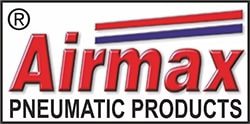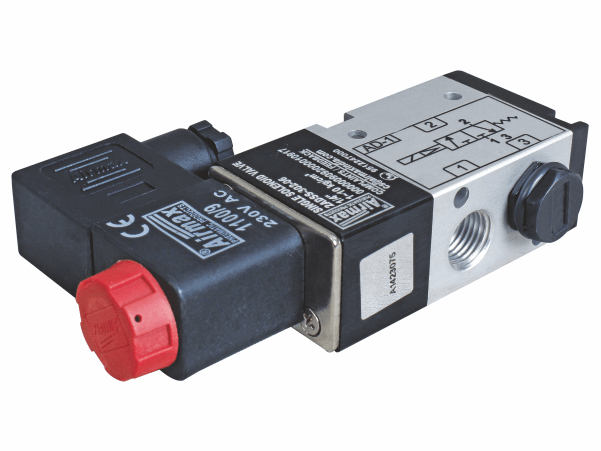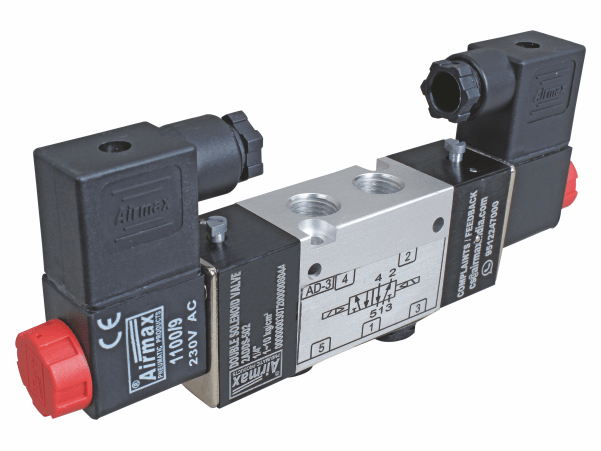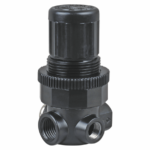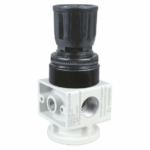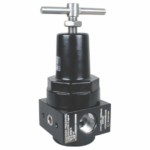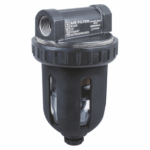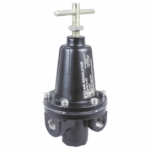Types of Directional Control Valves: A Comprehensive Guide
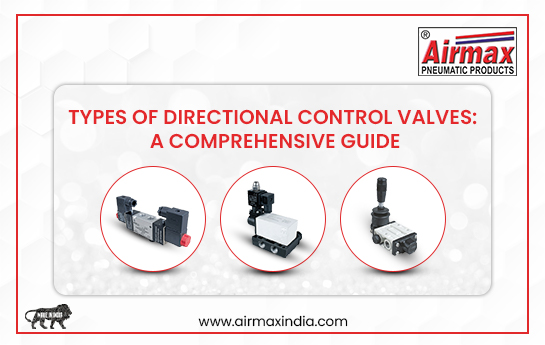
Directional control valves (DCVs) are essential components in pneumatic systems, playing a key position in controlling the waft and direction of air or fluid within an Application. These valves are critical for handling the movement of actuators, cylinders, and different components by allowing precise control of industrial applications.
At Airmax Pneumatics Ltd, we are committed to providing awesome directional control valves that enhance the efficiency, safety, and productivity of your operations. In this guide, we can discover the special styles of directional control valves, their packages, and their significance in pneumatic systems.
Definition of Directional Control Valves:
A directional control valve is a mechanical or electromechanical element designed to control the drift route of a fluid (commonly air, oil, or water) inside a pneumatic or hydraulic application. By regulating the course and motion of the fluid, DCVs determine the operation of downstream components, including cylinders or actuators. They are fundamental to functioning diverse industrial applications, ensuring operations run easily, correctly, and safely.
The Role of Directional Control Valves in Pneumatic Systems:
In pneumatic systems, DCVs direct the drift of compressed air to unique components of the unit, controlling the motion of actuators and cylinders. The right functioning of a pneumatic device largely depends on the appropriate selection and operation of these valves. Whether it’s for easy on/off control or complicated sequencing, DCVs are at the coronary heart of automation in industries like manufacturing, cars, and aerospace.
Types of Directional Control Valves:
Directional control valves are available in diverse sorts and suitable for particular applications. The most commonplace types include two-way valves, three-way valves, and Four-way valves. Below, we’ll delve into every type, discussing their layout, capability, and usual uses.
Two-Way Directional Control Valves:
Two-way directional control valves are the most effective form of DCV. They have two ports: one for the fluid to enter and one for the fluid to go out. These valves generally function in an on/off way, allowing fluid to both go with the flow or forestall based totally on the valve’s role.
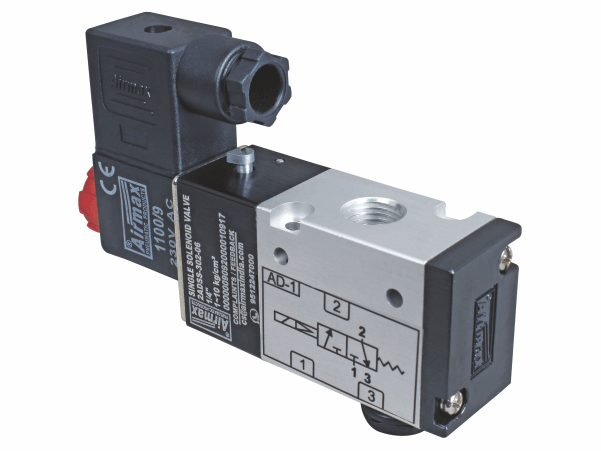
Functionality:
Normally Open (NO): In this functionality, the valve allows fluid to drift in its default nation and stops the flow while actuated.
Normally Closed (NC): Conversely, within the usually closed configuration, the valve blocks fluid flow by default and permits going with the flow when actuated.
Applications:
Two-way valves are typically used in programs requiring simple waft control, which includes basic pneumatic structures wherein particular course management is not always important.
Three-Way Directional Control Valves:
Three-way directional control valves are more complicated than way valves, proposing three ports: one for the entry, one for the output, and one for the exhaust. These valves are used to direct the glide among one-of-a-kind paths.
Functionality:
Normally Open (NO) or Normally Closed (NC):
Like two-way valves, 3-way valves also can be typically open or closed.
Directional Flow Control:
In this role, the valve directs the waft from the input to the output port, even inside the different functions, it directs the waft to the exhaust port.
Applications:
Three-way valves are generally utilized in packages where air needs to be alternately implemented and released, including inside the operation of single-acting cylinders.
Example in Industry:
A three-way valve is probably utilized in a stamping press, wherein the cylinder needs to be actuated to press the cloth after which retracted by way of releasing the air to the exhaust.
Four-Way Directional Control Valves:
Four-way directional control valves are the most versatile and widely used DCVs in pneumatic structures. These valves have 4 or 5 ports and are designed to control the route of drift to double-acting cylinders and actuators.
Functionality:
Two-Position, Four-Way Valve:
In this role, the valve directs the glide from the enter port to one of the actuator ports whilst connecting the other actuator port to the wear out. When shifted to the other role, it reverses the glide direction.
Three-Position, Four-Way Valve:
In addition to the above, this valve kind has an impartial position where all ports may be blocked or linked to the exhaust.
Applications:
Four-way valves are used in systems that require control over each of the extension and retraction of double-performing cylinders, making them critical in complex pneumatic systems.
Example in Industry:
In an industrial robot arm, a 4-way valve might be responsible for controlling the motion of the arm’s actuators, enabling precise positioning and motion for responsibilities like meeting or cloth management.
Other Types of Directional Control Valves:
While 2-way, 3-way, and 4-way valves are the most unusual, there are other styles of DCVs tailored for particular programs.
5/2 and 5/3 Valves:
5/2 Valves:
These have five ports and two positions, normally utilized in structures requiring directional control with an extra exhaust or stress port.
5/3 Valves:
With five ports and three positions, these valves provide even extra management, with one role frequently used to halt the mechanism or maintain an impartial country.
Applications in Pneumatic Systems:
These valves are used in greater complicated structures, including computerized conveyor systems, in which a couple of actions and precise manipulation are wished.
Pilot-Operated vs. Solenoid-Operated Valves:
Pilot-Operated Valves: Pilot-Operated Valves use a small auxiliary valve (pilot) to govern the primary valve, making an allowance for smoother operation and control over larger flow quotes.
Solenoid-Operated Valves: These are electrically actuated valves allow remote control and automation and are widely used in industrial automation systems.
taking into account control and automation, widely utilized in industrial automation systems.
These are electrically actuated, allowing for remote control and automation, widely used in industrial automation systems.
Conclusion:
At Airmax Pneumatics Ltd., we provide a wide range of directional control valves designed to satisfy the several requirements of industrial applications. Our valves are engineered for excellent reliability and overall performance, making sure of seamless operation in even the maximum demanding environments. Whether you want a single-acting valve for fundamental drift control or a complicated 4-way valve for sophisticated automation structures, we have the knowledge and experience to assist your operations.
Directional control valves are the untold heroes of pneumatic structures, providing essential control and routing for a variety of business processes. Understanding the many types of DCVs and their programs is essential for selecting the best valve for your unique needs.
By selecting the right directional control valve, you can ensure optimal performance, reduce downtime, and maintain smooth, efficient operation in your pneumatic systems. Whether you work in manufacturing, automotive, aerospace, or any other industry that relies on pneumatic structures, Airmax Pneumatics Ltd is the top pneumatic valve manufacturer in India and your go-to source for all your directional control valve needs.
